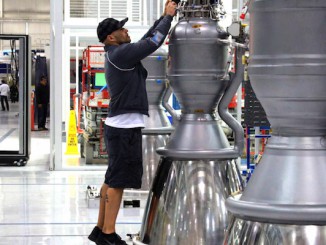
Falcon 9 Flight 15

Falcon 9

Falcon 9

Falcon 9

Falcon 9

Falcon 9

Falcon 9

Falcon 9







© 1999-2026 Spaceflight Now Inc